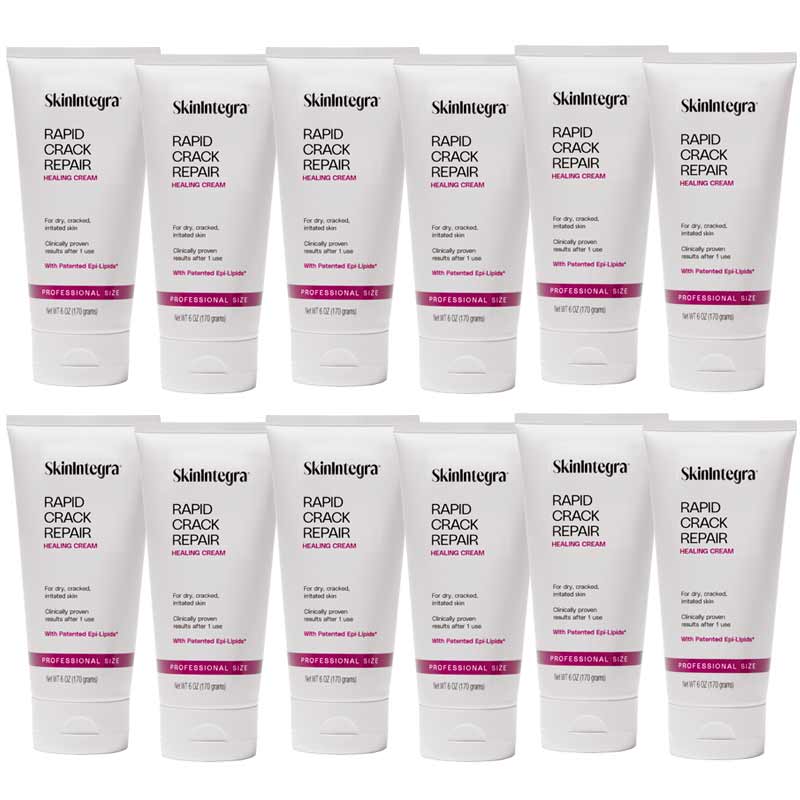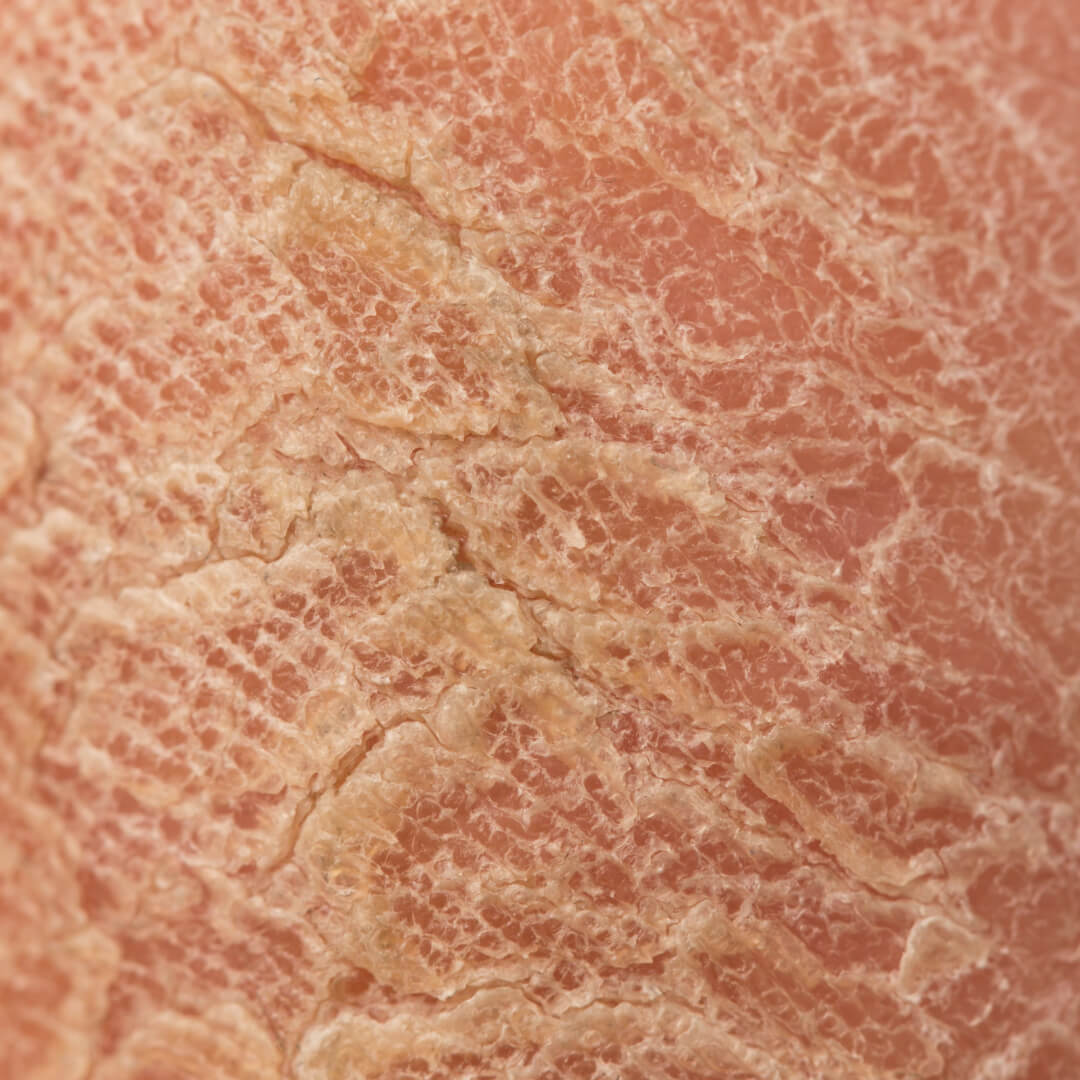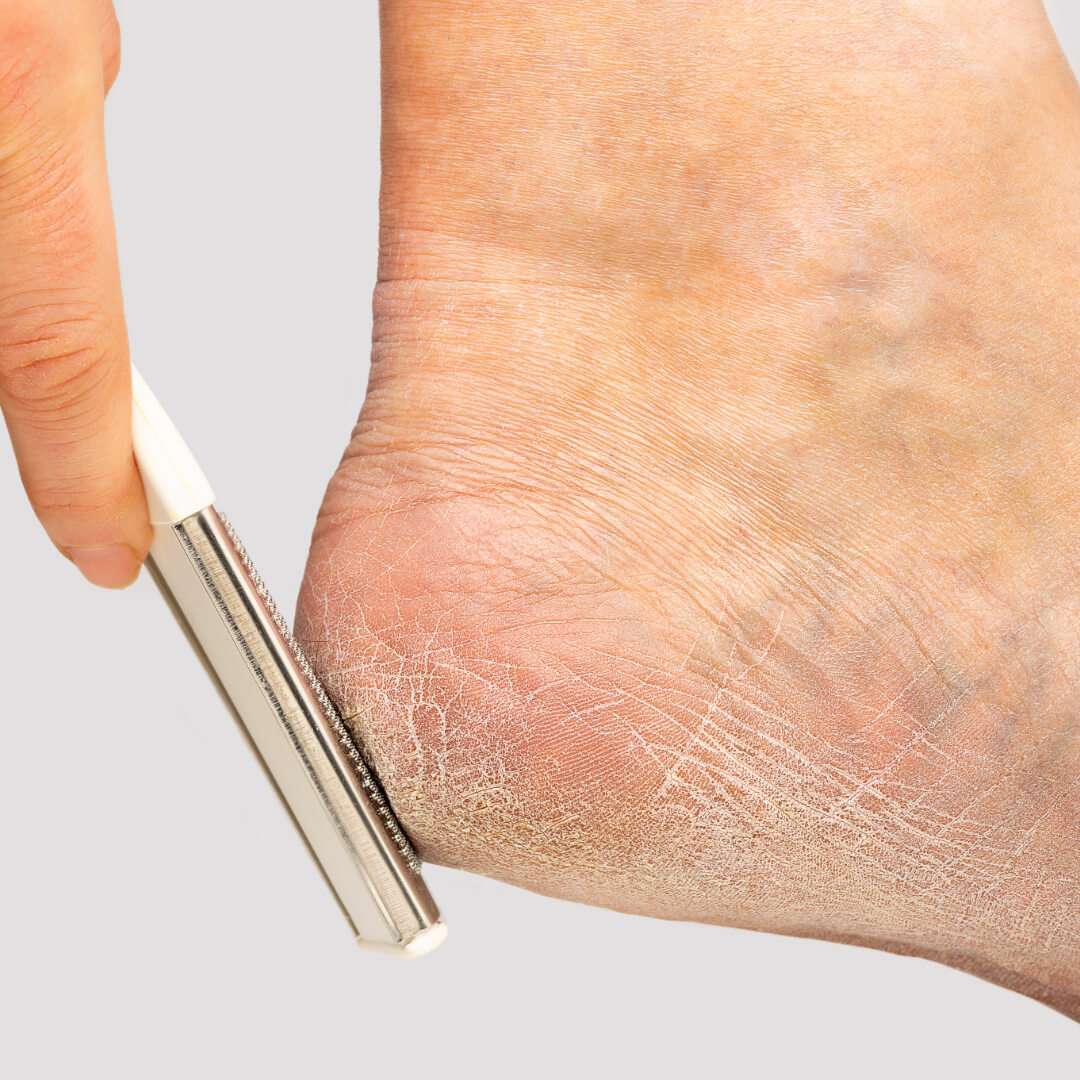Living with diabetes requires vigilant care, particularly when it comes to foot health. Diabetic feet are prone to various complications that can lead to serious consequences if left unmanaged. However, with proper care and preventive measures, individuals with diabetes can maintain healthy feet and reduce the risk of complications. In this article, we will explore 10 essential tips for caring for diabetic feet and avoiding potential problems.
-
Practice Daily Foot Inspections: Develop a habit of conducting daily foot inspections to detect any potential problems early on. Examine your feet thoroughly, checking for cuts, blisters, redness, swelling, or any changes in skin color or temperature. If you have difficulty seeing the bottom of your feet, use a mirror or ask a family member for assistance. Promptly address any abnormalities or concerns by consulting your healthcare provider to prevent them from worsening and potentially leading to infections or ulcers.
-
Maintain Good Foot Hygiene: Keeping your feet clean and dry is essential to prevent infections. Wash your feet daily with mild soap and lukewarm water, making sure to dry them thoroughly, especially between the toes. Avoid soaking your feet for extended periods as it can lead to excessive moisture, increasing the risk of fungal infections. Use a moisturizer to prevent dry skin, but avoid applying it between the toes. Additionally, trim your toenails straight across and avoid cutting them too short to prevent ingrown nails.
-
Moisturize Regularly: Moisturizing your feet regularly is essential for diabetic foot care. Diabetes can cause dry skin, which is more prone to cracking and can lead to infections. After washing and thoroughly drying your feet, apply a gentle moisturizer to keep the skin hydrated and supple. Focus on areas prone to dryness, such as the heels and soles of your feet. Avoid applying moisturizer between the toes, as excessive moisture in that area can increase the risk of fungal infections. By maintaining proper foot moisturization, you can prevent dryness, reduce the risk of skin complications, and promote overall foot health. SkinIntegra's Rapid Crack Repair Cream is scientifically formulated to work on severely cracked and callused feet, making it the ideal skin cream for diabetic skin. 24 hours is all it takes for 100% of our customers to see an improvement, and after 14 days of regular use, almost all of our customers reported relief in skin dryness and cracks.
-
Choose Proper Footwear: Selecting appropriate footwear plays a vital role in diabetic foot care. Opt for shoes that provide ample support, a roomy toe box, and cushioning to minimize pressure points. Avoid shoes with tight or narrow designs that can restrict blood flow or cause friction. Inspect your shoes regularly for any signs of wear and tear, and replace them as needed. Consider consulting a podiatrist to ensure you have the right shoe size and type for your specific foot needs.
-
Protect Your Feet: Shielding your feet from potential injuries is crucial. Avoid walking barefoot, even at home, to protect your feet from sharp objects, burns, or unnoticed injuries. Wear comfortable, well-fitting shoes and socks at all times. When the weather is cold, use warm socks and protect your feet from extreme temperatures. Additionally, always use sunscreen on your feet when exposed to sunlight to prevent sunburn. Taking these preventive measures significantly reduces the risk of foot complications.
-
Regular Foot Examinations by a Healthcare Professional: Schedule regular foot examinations with a healthcare professional who specializes in diabetic foot care. They can assess your feet for any potential issues, provide guidance on proper foot care techniques, and address concerns promptly. Regular examinations enable early detection of problems and can help prevent complications before they become severe.
-
Practice Daily Foot Exercises: Regular foot exercises can improve circulation and strengthen the muscles in your feet. Simple exercises like toe curls, ankle rotations, and picking up objects with your toes can help maintain flexibility and prevent foot deformities. Consult with your healthcare provider or a physical therapist for guidance on appropriate exercises for your specific condition.
-
Practice low impact exercise regularly: People with diabetes benefit from daily exercise. It is good for poor circulation, but what kind? Be careful with exercises that may not be kind to your feet like those that include bouncing and jumping. Instead look into those that do not put too much pressure on your feet, like walking or swimming.
-
Never try to Remove Calluses and Corns by Yourself: Avoid using over-the-counter corn and callus removers if you have poor blood circulation or neuropathy, as they can cause skin damage. Consult with a podiatrist for appropriate treatment options.
- Address Ingrown Toenails Promptly: If you notice an ingrown toenail, it’s essential to address it promptly to avoid complications. Soak the affected foot area in warm water for 15-20 minutes several times a day to help reduce inflammation. Seek professional care from a podiatrist to avoid further complications.
Caring for diabetic feet is of utmost importance to prevent complications that can have long-lasting consequences. By following these 10 essential tips, including practicing daily foot inspections, maintaining good foot hygiene, choosing proper footwear, protecting your feet, and seeking regular professional examinations, you can significantly reduce the risk of foot complications and ensure optimal foot health while managing diabetes.





